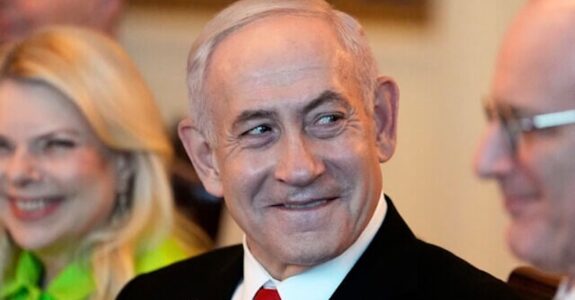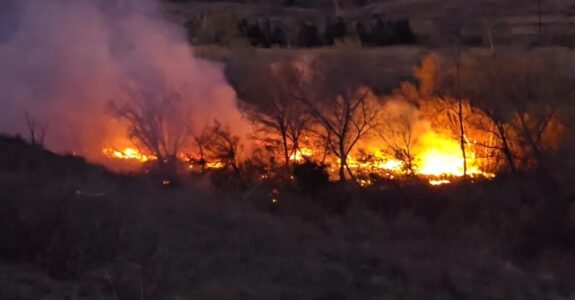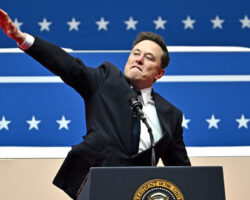
in: Entertainment
/ 16 October 2025
Victoria Secret Fashion Show 2025
It is time to head back to the catwalk as the Victoria Secret Fashion Show returns for 2025. The inaugural show was held in 1995 at the Plaza










